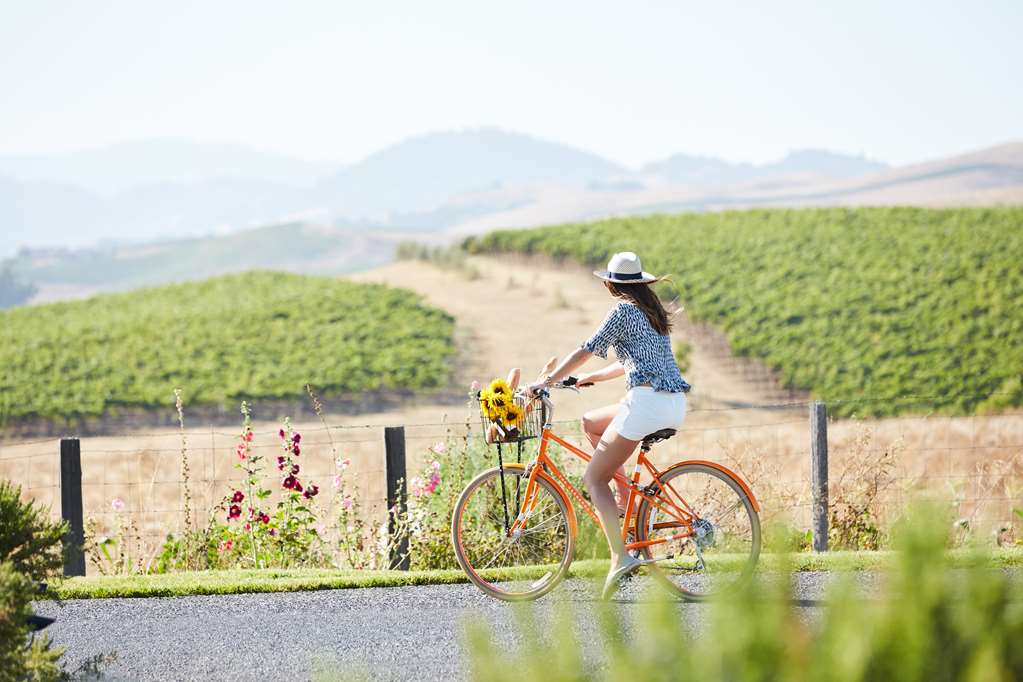 Napa Valley is one of the two major wine growing regions in California – the other being neighboring Sonoma Valley. Although renowned for the wineries and the fine wines they produce, Napa Valley is also a place of extraordinary natural beauty, rich history and fabulous lodgings and dining. Unfortunately, on October 8, 2017, rogue sparks grew into a massive raging inferno that burned uncontrollably for over a week and threatened the beloved California Wine Country.
Napa Valley is one of the two major wine growing regions in California – the other being neighboring Sonoma Valley. Although renowned for the wineries and the fine wines they produce, Napa Valley is also a place of extraordinary natural beauty, rich history and fabulous lodgings and dining. Unfortunately, on October 8, 2017, rogue sparks grew into a massive raging inferno that burned uncontrollably for over a week and threatened the beloved California Wine Country.
How did the wildfires affect Napa Valley?
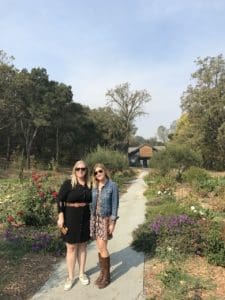
Tragically, the wildfires destroyed thousands of homes and businesses, but they largely burned in the forested hillsides, not the famed Napa Valley floor. To be sure, tens of thousands of acres were scorched bare, so it will take years for the landscape to fully recover, but most wineries and restaurants are now back in full operation, roads are clear and air quality is good.
The Napa Valley Vintners (NVV) is a non-profit association of more than 525 local wineries. The members range from small, family-owned operations to large corporate organizations that produce millions of bottles per year. The NVV said that only 47 wineries have reported direct damage from the wildfires and only a few of those sustained significant property loss.
It’s estimated that up to 90% of the grapes were harvested before the fires started on October 8. The quality of the 2017 vintage was expected to be excellent, although the effect of the smoke on the wine is still unknown. Napa-based winemaker Chris Carpenter said, “It’s a wait and see thing, but we don’t have to wait a year and a half to see it; you can detect if there’s smoke taint in there after the ferments.”
Although the devastating wildfires have been mostly contained, it’s far from life as usual for the thousands of people who lost their homes and everything they owned. You can help by visiting the area. When you stay in local hotels, dine in the restaurants, and visit the local wineries, you contribute to the local economy and support the individuals who have jobs at those places.
Where to Stay in Napa Valley
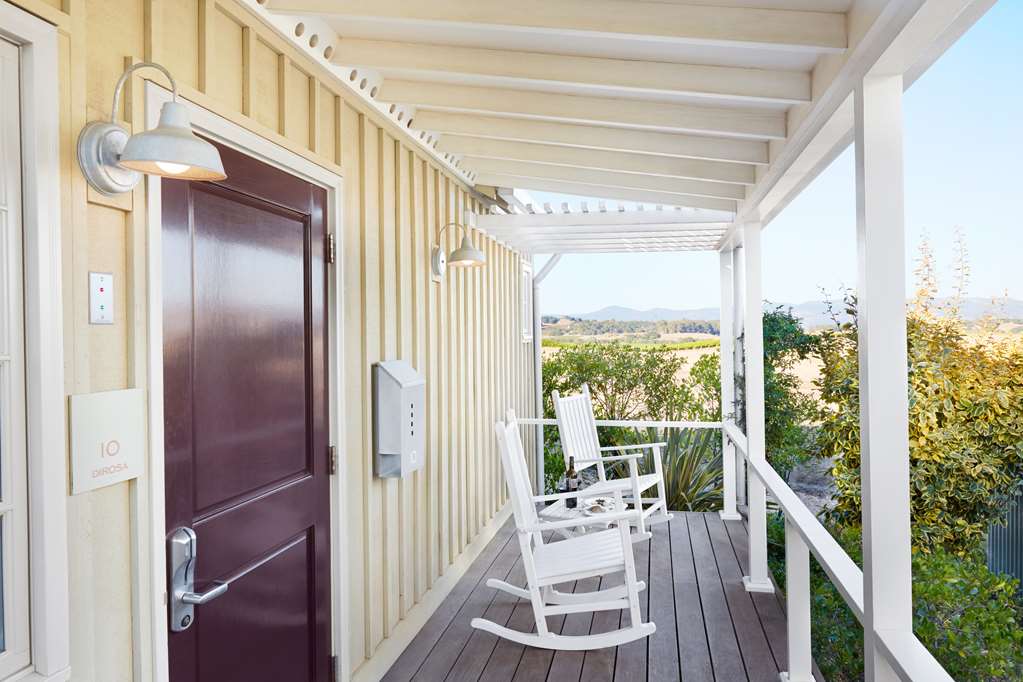
The gateway to Napa Valley is the city of Napa, about an hour’s drive north of San Francisco. Nestled into the picturesque farmland just a few miles southwest of town is lovely and laid back Carneros Resort and Spa. Cozy cottages have fireplaces, indoor/outdoor showers, and spacious patios. One of the three restaurants, FARM, features the freshest local ingredients and a neighboring farm makes hand-mixed organic goat butter exclusively for luxurious Carneros spa treatments. Complimentary Virtuoso amenities include: Upgrade on arrival, when available; full American breakfast daily; $100 Spa credit; early check-in/late check-out, when available; complimentary Wi-Fi.
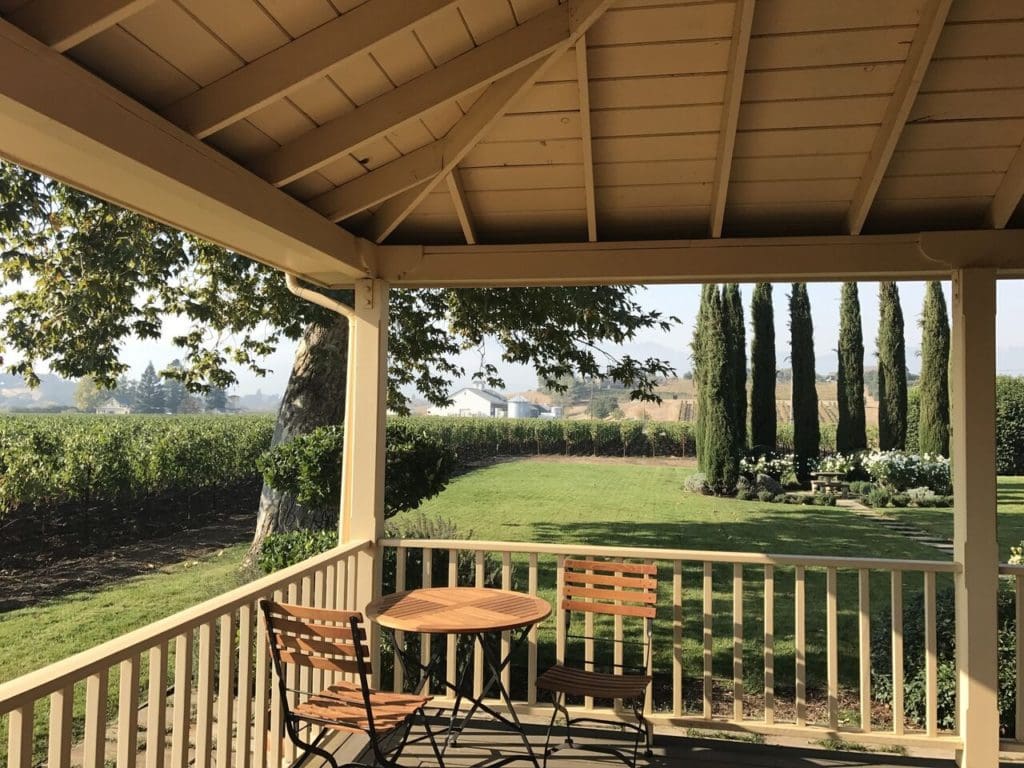
As you drive north through Napa Valley, the next town is charming Yountville, also known as “the culinary capital of Napa.” There, the eco-conscious choice for luxury is Bardessono Hotel & Spa. Experience green living among the grapevines at this LEED platinum-certified hotel that uses geothermal and solar power and serves field-to-fork cuisine from its own organic gardens. Complimentary Virtuoso amenities include: Upgrade on arrival, when available; full breakfast daily; $100 Food & Beverage credit; early check-in/late check-out, when available; complimentary Wi-Fi.
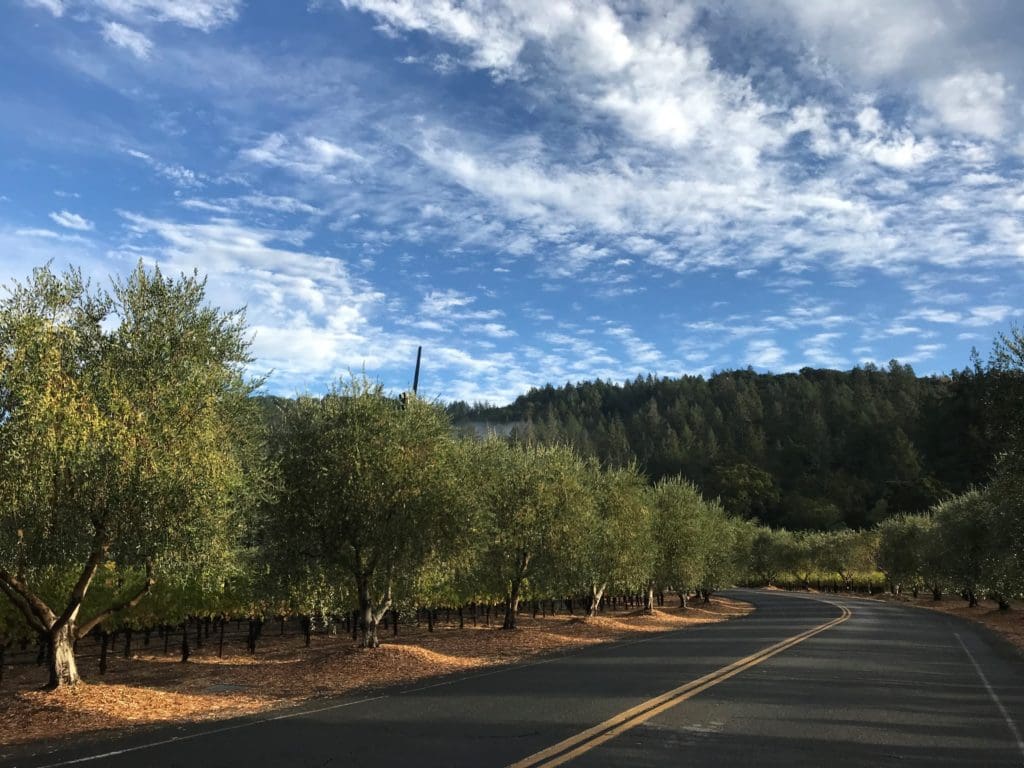
Heading farther north, you come to iconic St. Helena where you’ll find Napa Valley’s ultimate luxury destination and center of hospitality – Meadowood Napa Valley. Set within a 250-acre estate, Meadowood includes 85 exquisitely appointed cottages, a three-Michelin-starred restaurant, golf, tennis, swimming, hiking, and croquet. And be sure to make time for the complimentary daily wine tasting! Complimentary Virtuoso amenities include: Upgrade on arrival, when available; a $50.00 credit towards daily breakfast in The Grill or via room service; $100 Spa credit; a welcome box of handcrafted Napa Valley Chocolates; early check-in/late check-out, when available; complimentary Wi-Fi.
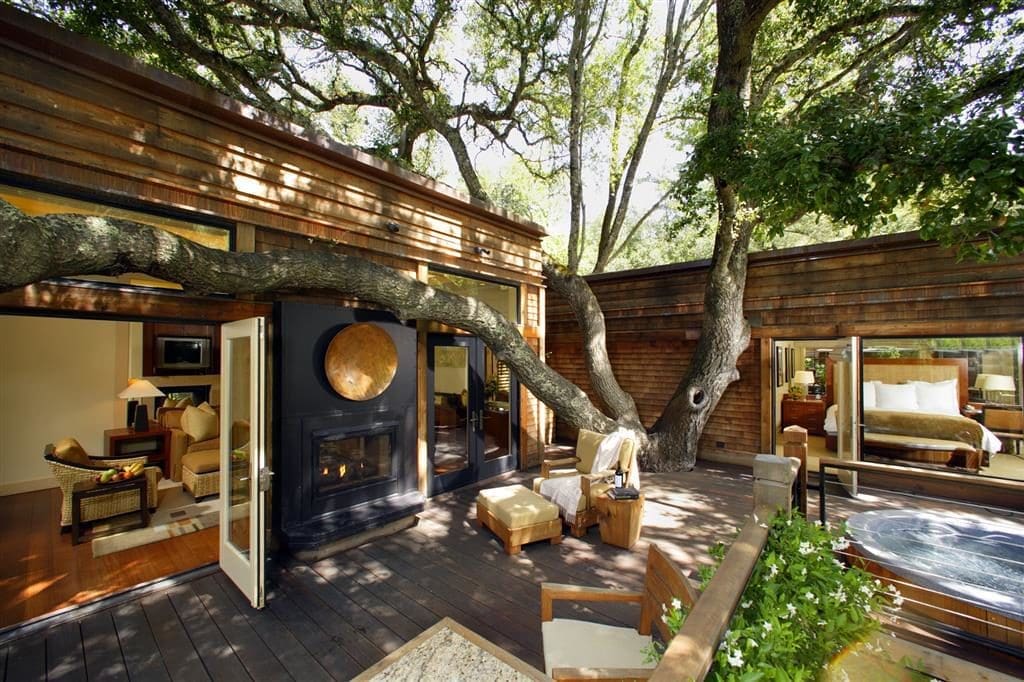
In the upper Napa Valley, Calistoga is one of the country’s original spa towns. Sign up for the works at Calistoga Ranch, and then soak in the mineral-rich Healing Waters soaking pool reserved for guests only. 50 stand-alone guest cottages sit on 157 private acres. Each cedar-clad private lodge is comprised of a series of bungalows connected by decks, trellised walkways and expansive outdoor living areas, designed with relaxation and comfort in mind. Complimentary Virtuoso amenities include: Upgrade on arrival, when available; daily full breakfast; $100 Resort credit; a welcome gift; early check-in/late check-out, when available; complimentary Wi-Fi.
When is the best time to visit Napa Valley?
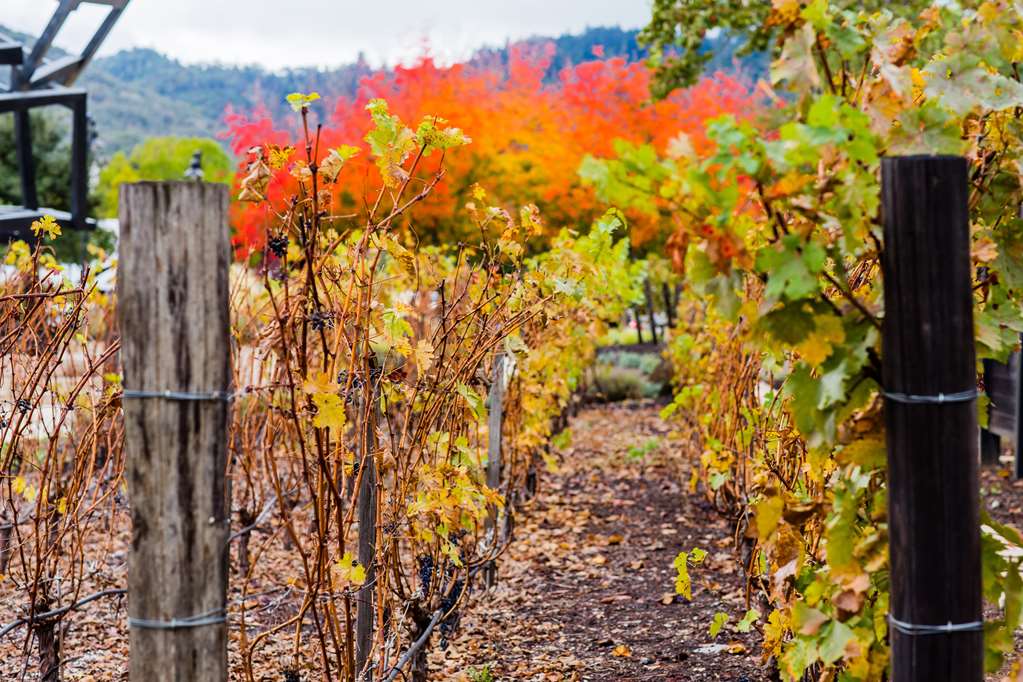
Napa is truly a year-round destination, but autumn is the best time to visit – that’s when you can see the vines in full color and the harvest taking place. In winter, when the harvest is over, winemakers tend to have more time to chat with visitors. In spring, the new vines are budding, and it’s a popular time for bicycling through the area.
To plan your trip to California’s Wine Country, contact a vacation advisor at Covington Travel.







Leave a Reply